Currently, amidst various water crises affecting the world, the search for solutions has become imperative. Despite technological advances over the past two decades, some ideas considered obsolete are still being considered, revealing the need to explore alternatives to address these challenges.
One of the most recent proposals is the treatment of wastewater with the aim of turning it into drinking water. Although initially used for irrigation, the idea of purifying water from domestic and industrial waste for human consumption has gained acceptance due to the lack of more efficient and economically viable alternatives.
Although currently only a small number of communities in the United States use water recycling techniques, this figure is expected to double in the next 15 years.
Recycling Process and Associated Challenges
The recycling process commonly includes disinfection using ozone or ultraviolet light to eliminate viruses and bacteria, followed by filtration through membranes with microscopic pores that remove solids and other contaminants. However, the effectiveness of these methods in removing endocrine disruptors, such as hormones and pharmaceutical compounds, raises questions about the safety of this water source.
Hormones, present in medications and human waste, enter bodies of water such as lakes and rivers, creating a significant environmental impact. Even after treatment in sewage treatment plants, residues of cytostatic medications used in cancer treatments persist in urban wastewater.
The Invisible Dangers in Water
Exposure to high concentrations of estrogens, present in recycled water, can have harmful effects on human health and wildlife. These endocrine disruptors, by mimicking the structure of natural hormones, can interfere with essential functions such as balance, physiological development, reproduction, and behavior of organisms.
Wildlife species have experienced significant issues due to exposure to these chemical compounds in their environment. In humans, exposure to environmental estrogens has been associated with effects on reproduction and sexual behavior, as well as an increase in the incidence of various types of cancer.
In Search of a Sustainable Solution
Efficient removal of hormones from water is a complex challenge, but research is progressing. Although treatment methods have been proposed on a laboratory scale, their large-scale implementation requires significant investments or even redesigns of water treatment plants.
While these systems are perfected, it is crucial to explore available technologies to ensure a safe water supply. Water generators, such as "NUBE," which extract moisture from the air, offer an alternative that eliminates concerns about contaminants in water, whether from wastewater or other sources. These systems have filters and mineralization processes, ensuring an independent and reliable water supply for the entire family.
In a world where water safety is increasingly vital, the question we must ask ourselves is: can you really afford not to ensure the quality of the water you consume? The answer may lie in technologies that are already within our reach.

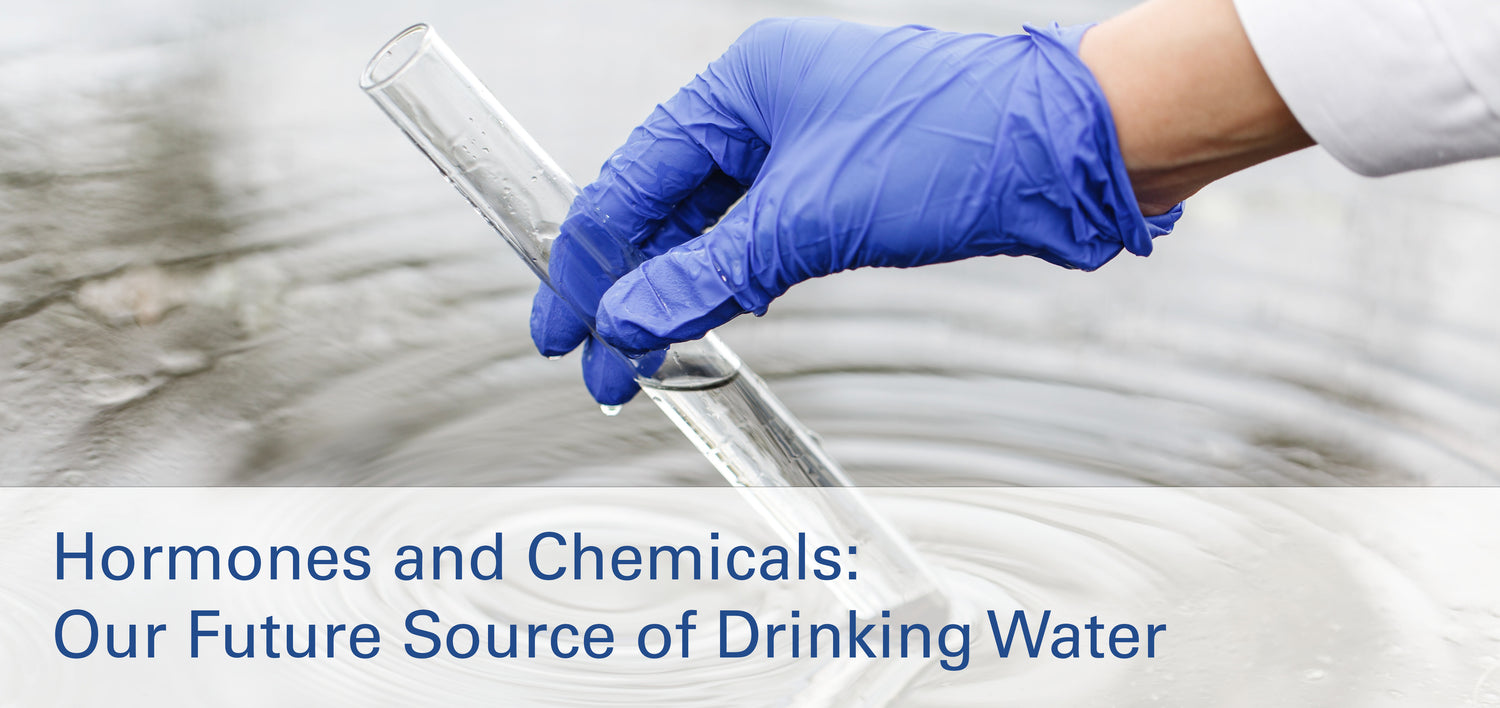

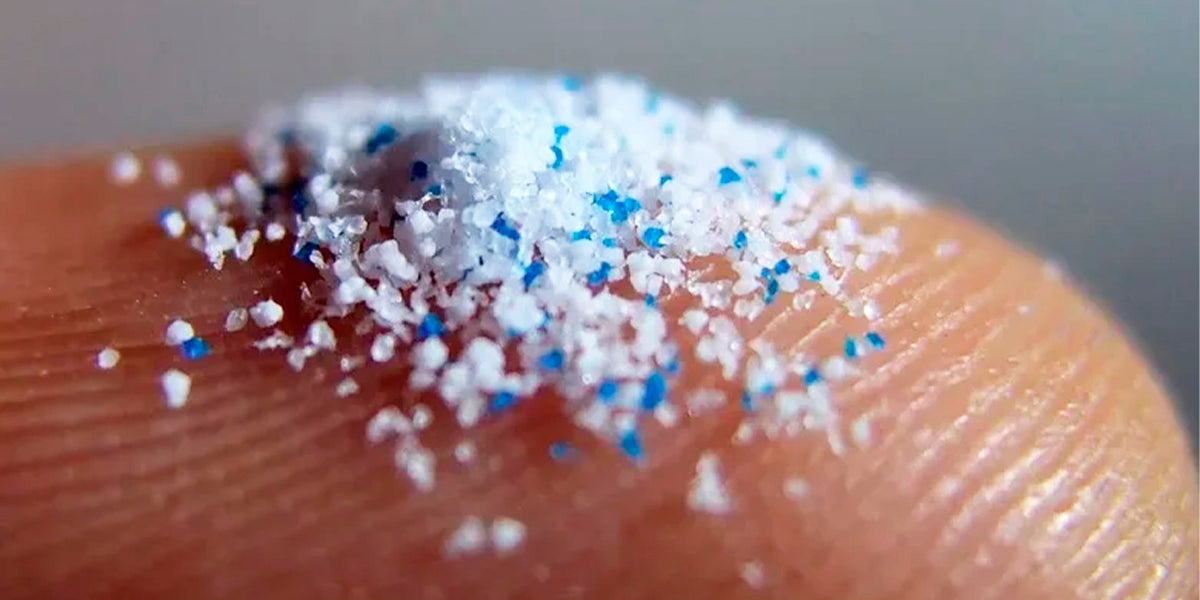
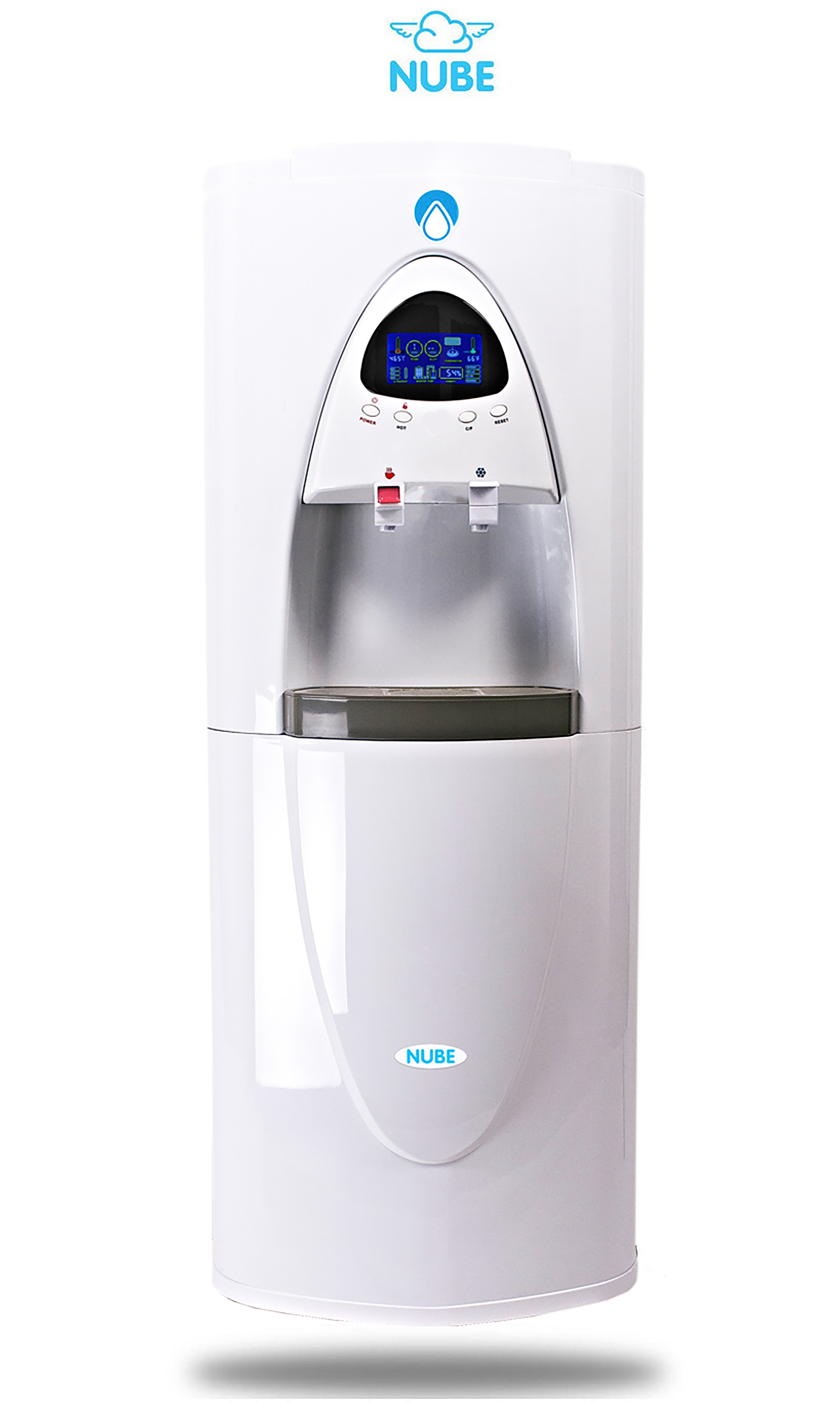

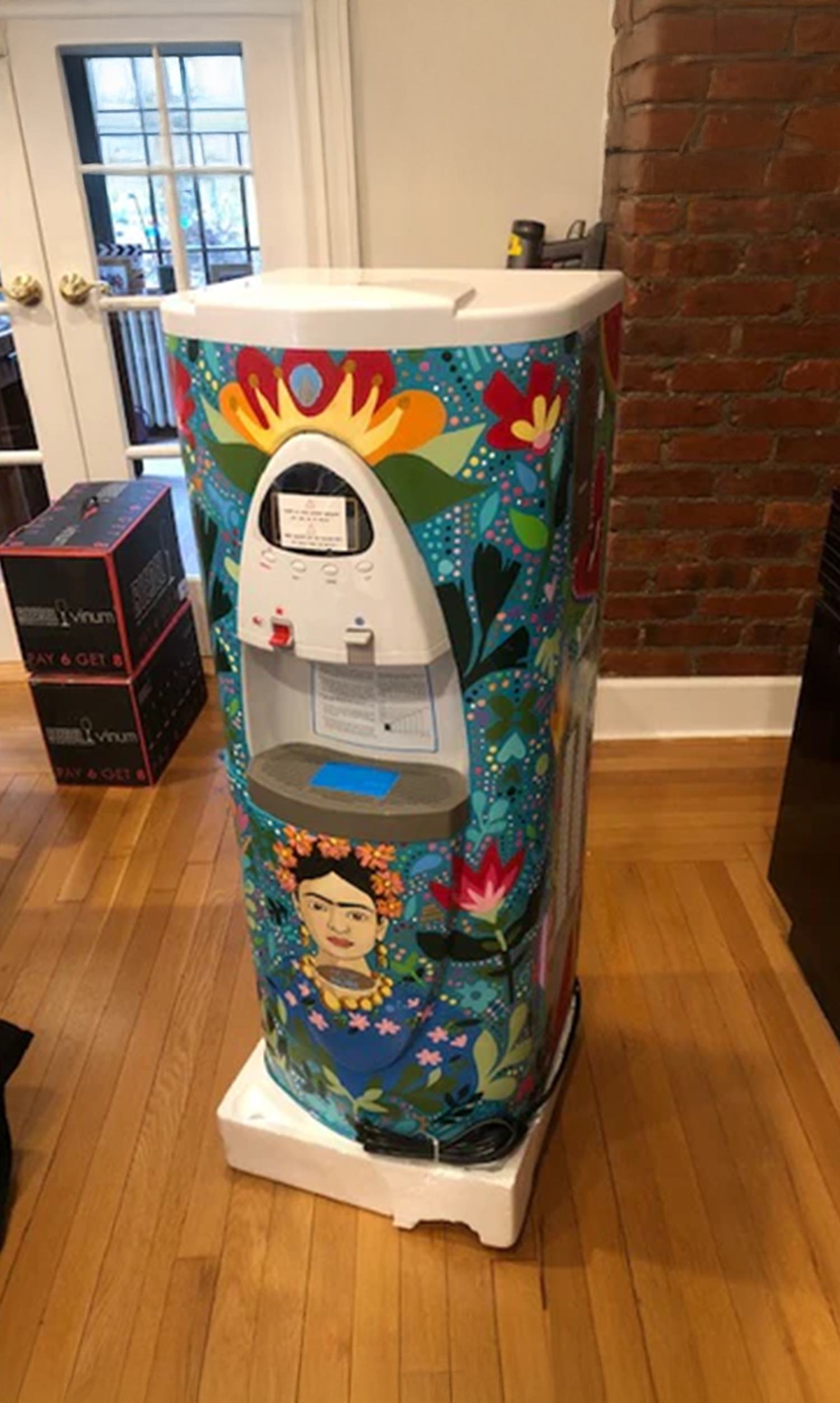
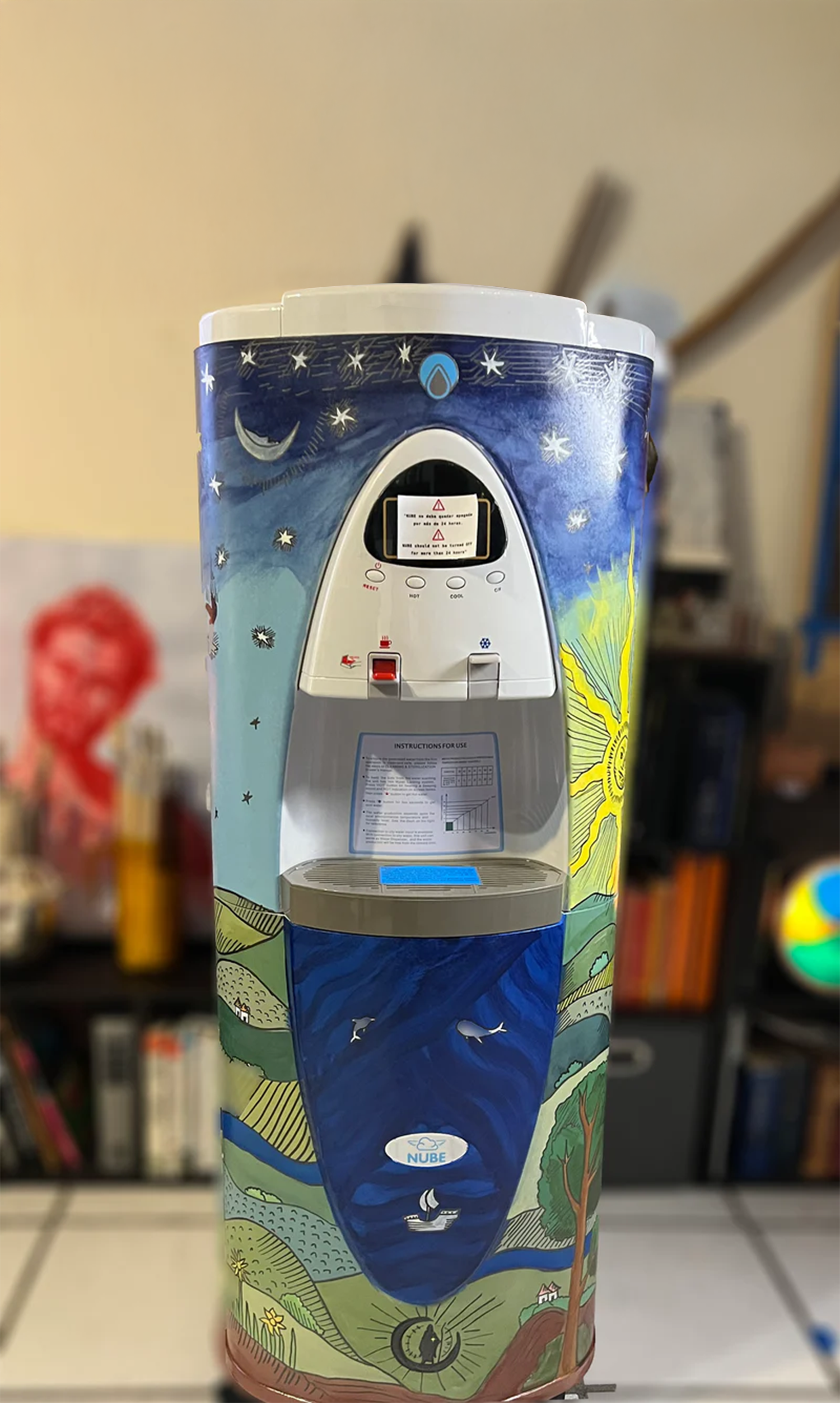

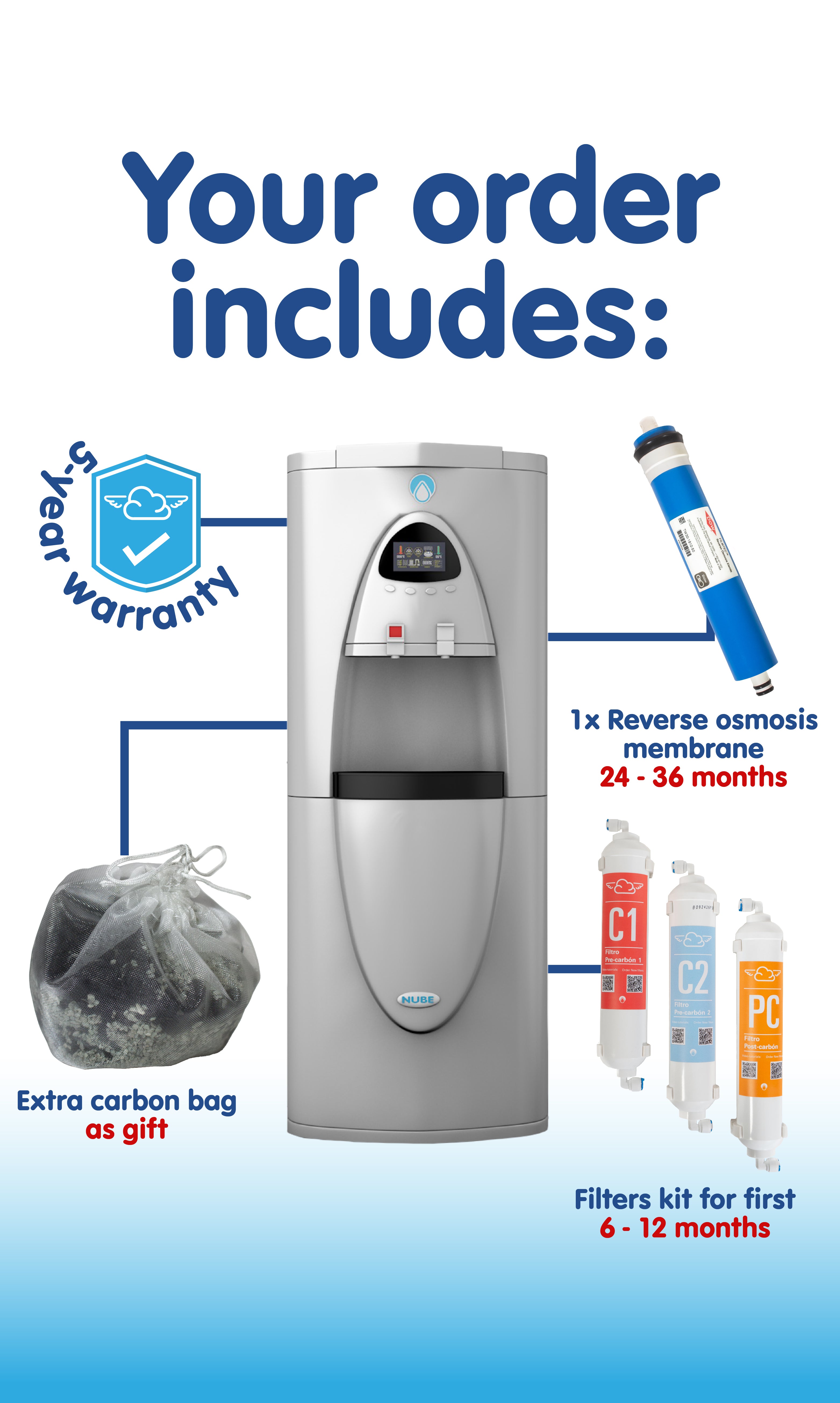


Leave a comment
All comments are moderated before being published.
This site is protected by hCaptcha and the hCaptcha Privacy Policy and Terms of Service apply.